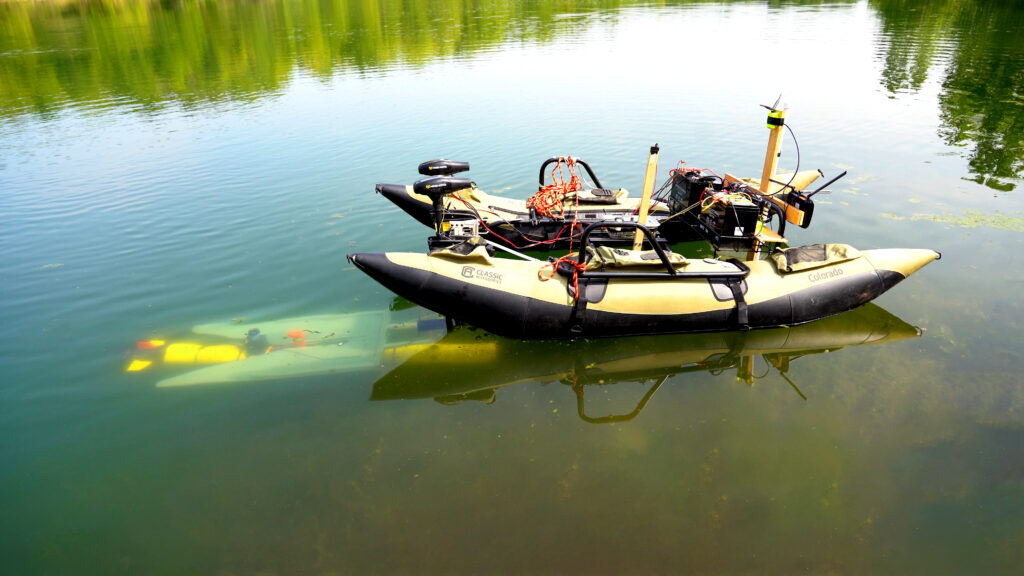A team of engineers from Purdue University has created a mobile docking system for Autonomous Underwater Vehicles which enables them to perform longer tasks.
Robots are awesome, right? We can use them for search, rescue and studying places where humans can’t go. But a major drawback is that they must return to a base to recharge their batteries and upload their data.
This problem becomes even more serious if it is an autonomous underwater vehicle (AUV) exploring deep ocean waters. Thus the team built a mobile docking system for AUVs.
A research paper describing ways to adapt this docking system for AUVs that will explore extraterrestrial lakes, such as those of Jupiter and Saturn’s moons recently appeared in IEEE Robotics and Automation Letters.
“My research focuses on the persistent operation of robots in challenging environments,” said Nina Mahmoudian, an associate professor of mechanical engineering at Purdue University. “And there’s no more challenging environment than underwater.”
The Problem
Once a marine robot submerges in water, it loses the ability to transmit and receive radio signals, including GPS data. Even using acoustic transmission doesn’t work for long distances. This is the main problem and that is why underwater robots currently have a limited range of operation.
Currently, underwater robots come out after some time interval and give out a retrieval signal. Then humans have to retrieve it, collect data and charge it. This is not very efficient, isn’t it? The team felt the same.
Mahmoudian’s solution is to create a mobile docking station that underwater robots could return to on their own.
“And what if we had multiple docks, which were also mobile and autonomous?” she said. “The robots and the docks could coordinate with each other, so that they could recharge and upload their data, and then go back out to continue exploring, without the need for human intervention. We’ve developed the algorithms to maximize these trajectories, so we get the optimum use of these robots.”
The team validated this system by testing it on a short mission in Lake Superior.
A patent on this mobile underwater docking station design has been issued. The patent was filed through the Secretary of the U.S. Navy.
Journal Reference:
Bingxi Li, Brian R. Page, Barzin Moridian, Nina Mahmoudian. Collaborative Mission Planning for Long-Term Operation Considering Energy Limitations. IEEE Robotics and Automation Letters, 2020; 5 (3): 4751 DOI: 10.1109/LRA.2020.3003881
Press Release: Purdue University
Featured Image: A yellow underwater robot (left) finds its way to a mobile docking station to recharge and upload data before continuing a task. (Credit: Purdue University photo/Jared Pike)

